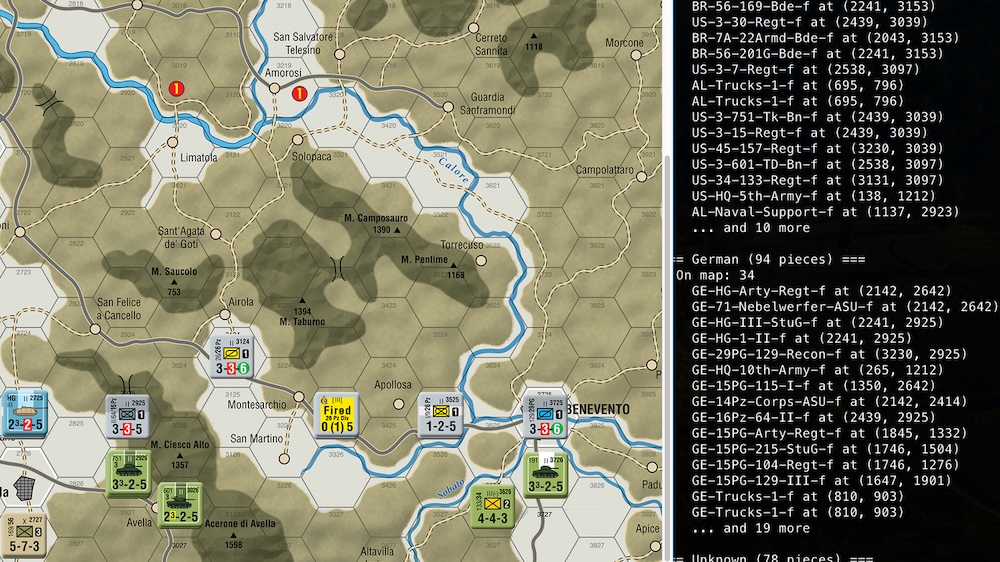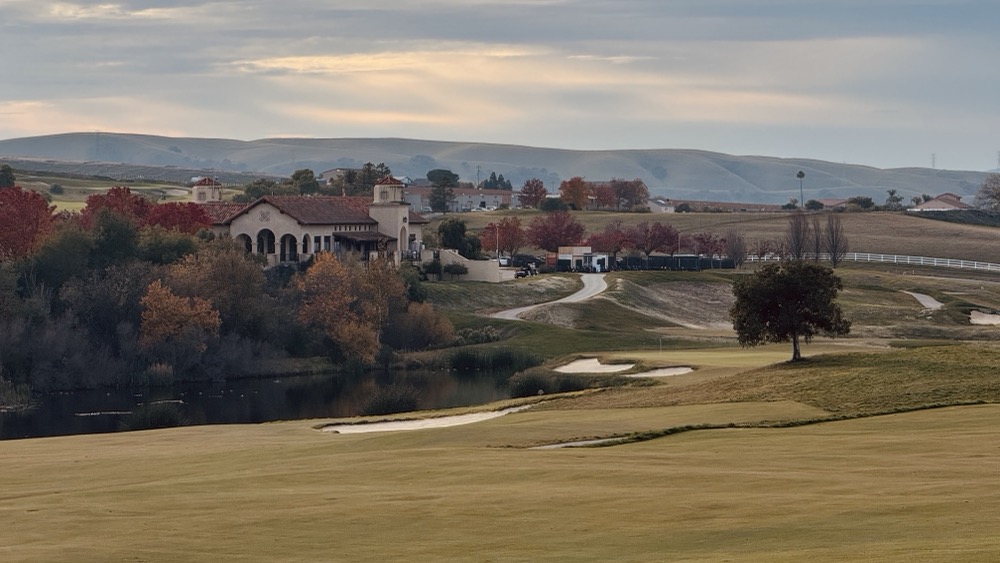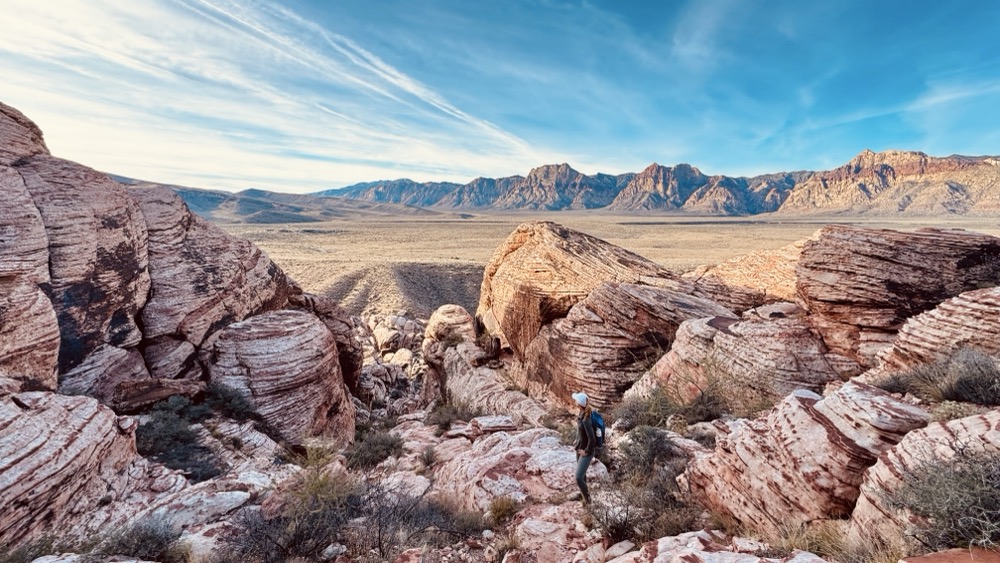Capitol Reef
We last made a real visit to Capitol Reef National Park in 2018. I say “real” because it is easy to drive through on highway 24 and claim you went there, but that isn’t quite the same.
 Capitol Reef at dusk
Capitol Reef at dusk
At least twice in the past three years we’ve done the bypass drive. This was our first time staying in the park and the three nights were so worth it. There are five national parks in Utah, with Zion dominating in terms of traffic and Canyonlands and Capitol Reef on the low end. Low end for Utah that is - both are still in the top 30 overall in the US. Capitol Reef feels different to us: there isn’t a single geological feature type to look at, and the Mormon pioneer settlement feel makes it seem more like it should be a Utah state park.
 Julie hiking the Fremont River trail
Julie hiking the Fremont River trail
Spending a few days (including sunsets and sunrises with perfect weather) helps bring more appreciation. We did evening hikes along the Fremont River and into Cohab Canyon, giving us amazing cool and sunny weather and great light for photos. A volunteer ranger program on Saturday night, also attended by a large group of college students spending the weekend in the group camping site, give us more insight into the history of the park.
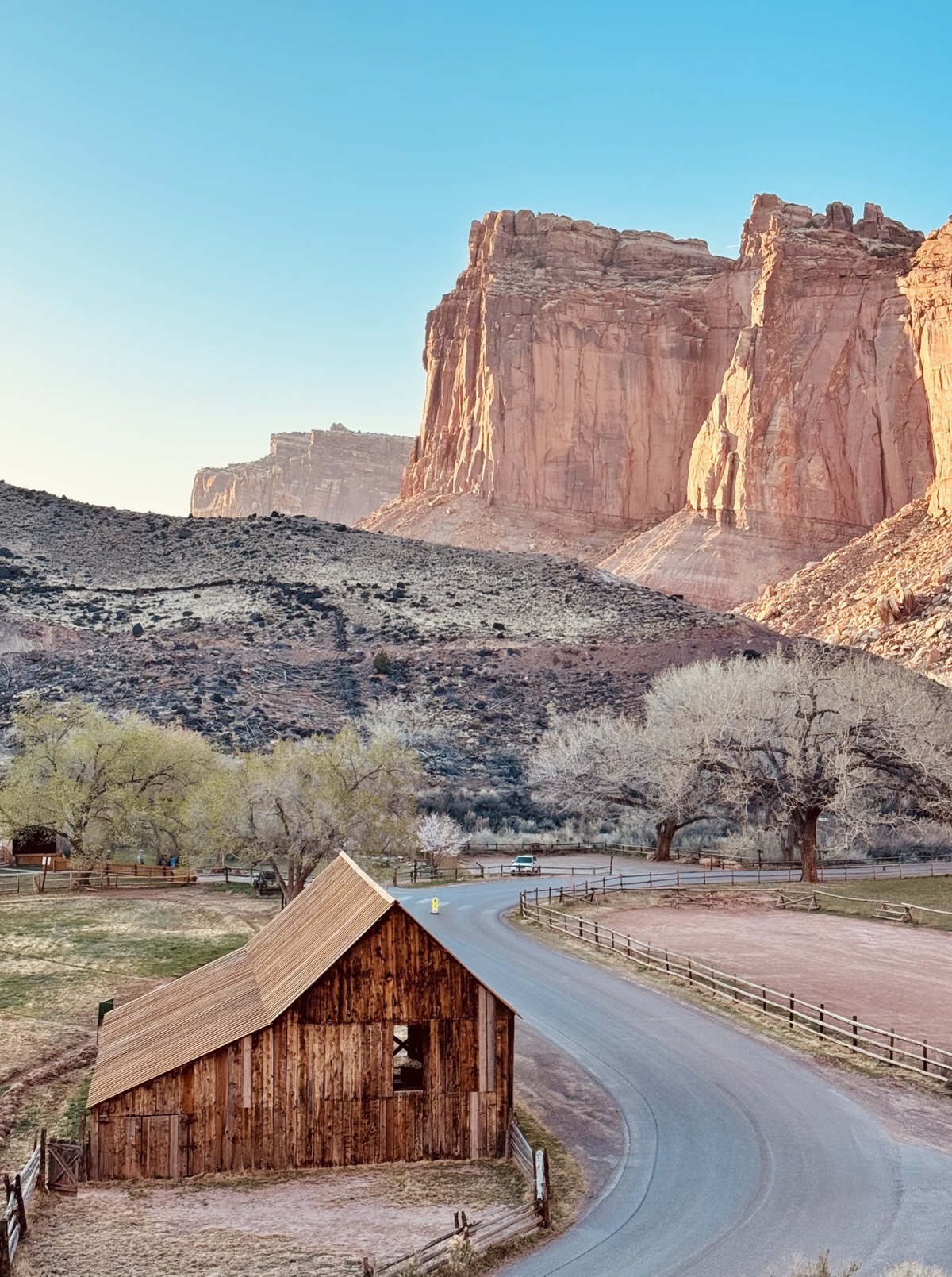 Looking down on the pioneer settlement of Fruita
Looking down on the pioneer settlement of Fruita
The core of the park revolves around the pioneer settlement of Fruita, still overflowing with orchards and LDS hospitality. Mule deer greeted us in the morning, and at dusk the skies were peppered with bats.
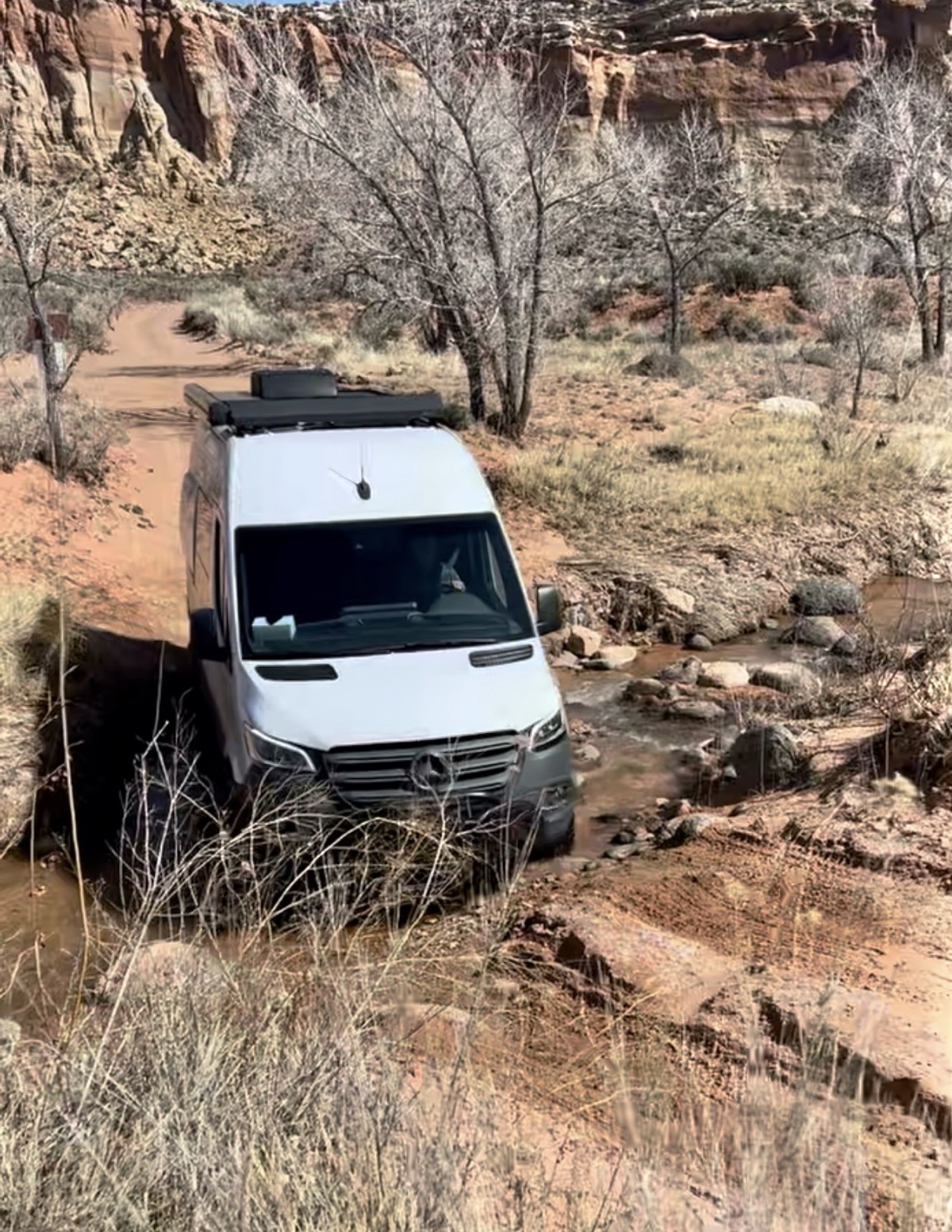 Crossing the creek
Crossing the creek
On the must-do list at Capitol Reef is the scenic drive which includes a couple of spurs that venture into canyons in the Waterpocket Fold: the Grand Wash and the Capitol Gorge. Beyond this scenic drive is an offroad trail that continues south toward Lake Powell and Escalante. We ventured in and each got to check off “cross a running substantial stream” in our van todo list.





